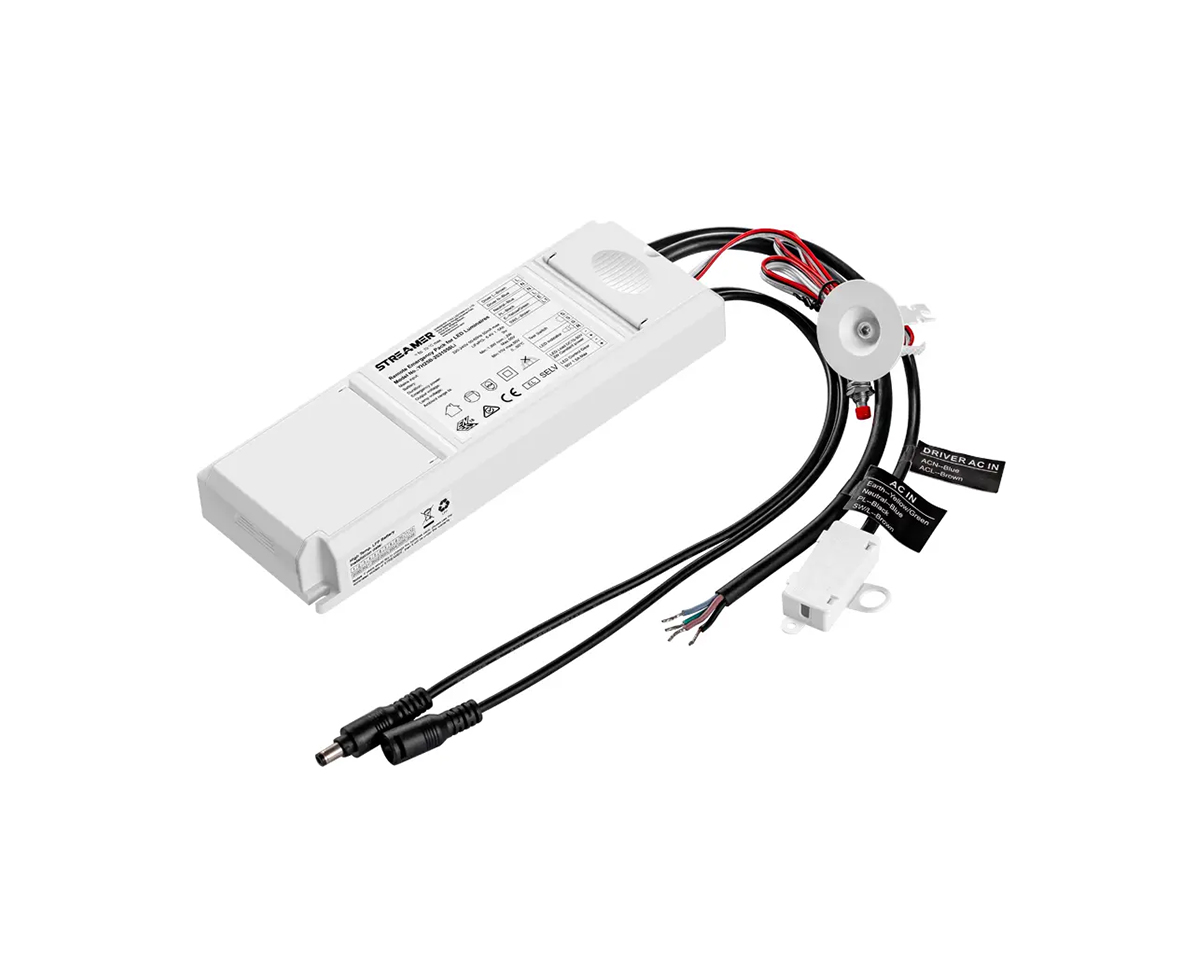 1
1
 Mar 03, 2025
Mar 03, 2025

Streamer BBU (Baseband Unit) is a critical component in modern communication systems, and ensuring stable signal transmission is of utmost importance. Stable signal transmission in Streamer BBU is essential for reliable communication services, such as high - quality voice calls, seamless data transfer for mobile devices, and efficient operation of various wireless applications.
One of the key factors affecting signal transmission stability is the quality of the transmission medium. In wireless communication, factors like electromagnetic interference (EMI), multipath propagation, and fading can severely disrupt the signal. To combat these issues, Streamer BBU often employs advanced antenna technologies. For example, multiple - input multiple - output (MIMO) systems use multiple antennas at both the transmitter and receiver ends. This technology can significantly improve the signal - to - noise ratio (SNR) by exploiting spatial diversity. The multiple antennas can receive different versions of the same signal, and through complex signal processing algorithms in the BBU, these versions are combined to enhance the overall signal quality and stability.
Another aspect is the synchronization mechanism within the Streamer BBU. Precise synchronization between the transmitter and receiver is crucial for accurate signal demodulation. The BBU uses sophisticated clock synchronization techniques to ensure that the transmitted and received signals are in sync. Any deviation in synchronization can lead to bit errors and signal degradation. Additionally, error - correction coding is widely used in Streamer BBU. Codes such as convolutional codes and turbo codes are applied to the transmitted data. These codes add redundant bits to the original data, allowing the receiver in the BBU to detect and correct errors that may occur during signal transmission. This significantly improves the resilience of the signal to noise and interference, thereby enhancing signal transmission stability.
Moreover, the network infrastructure and the handover process also impact signal stability. In a cellular network, when a mobile device moves from one cell to another, the Streamer BBU needs to manage the handover smoothly. If the handover process is not well - coordinated, it can result in signal drops or degradation. Advanced handover algorithms in the BBU, such as those based on signal strength, quality, and traffic load, are used to ensure seamless transitions between cells, maintaining stable signal transmission for the user.